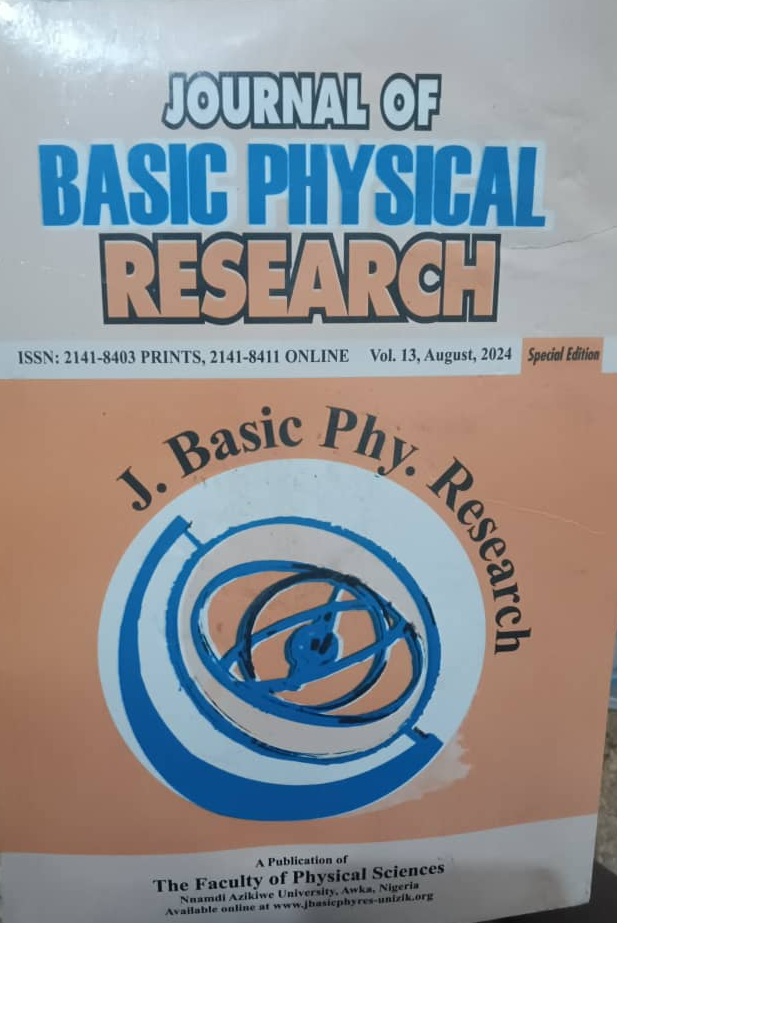EVALUATION OF FATTY ACID AND PHOSPHATIDE COMPOSITION OF MANGO (MANGIFERA INDICA) FRUIT PULP GROWN IN THE FEDERAL CAPITAL TERRITORY OF NIGERIA AT DIFFERENT DEGREE OF RIPENESS
Keywords:
Lipid, Mangifera Indica, Fruit Pulp, Fatty Acids, Phosphatides, RipenessAbstract
Mango (Mangifera indica) is a tropical fruit consumed world-wide because it is a good natural source of many nutrients. The lipid composition of Mangifera indica fruit pulps grown in the Federal Capital Territory (FCT) of Nigeria was evaluated at different degree of ripeness using standard analytical techniques. The most prominent saturated fatty acid found in the fruit pulps was palmitic acid (16:0) with percentage concentrations of 25.76, 21.78 and 23.60 for unripe (UR), about to ripe (AR) and ripe (RP) fruit pulps respectively. Oleic acid (18:1) was the major unsaturated fatty acid found in the fruit pulps with percentage concentrations of 25.58, 27.54 and 26.36 for UR, AR and RP fruit pulps respectively. The results showed that unsaturated fatty acids were the most dominant in all the fruit pulps, with the mono-unsaturated fatty acid as their major constituent. Ripe mango fruit pulp (RP) can be regarded as the most nutrient rich Mangifera indica because it contained the highest total essential fatty acids with concentrations 20.64 %. The most prominent phosphatides in the fruit pulps are phosphatidylethanolamine which was > phosphatidylcholine > phasphatidic acid > diphosphatidylglycerol. The phosphatide content of Mangifera indica fruit pulps increased as the fruit pulp ripened suggesting that the AR and RP fruit pulps can be used as ingredients for functional enriched food. The results equally showed that Nigerian Mangifera indica is a potential antioxidant at all the ripeness level examined.


